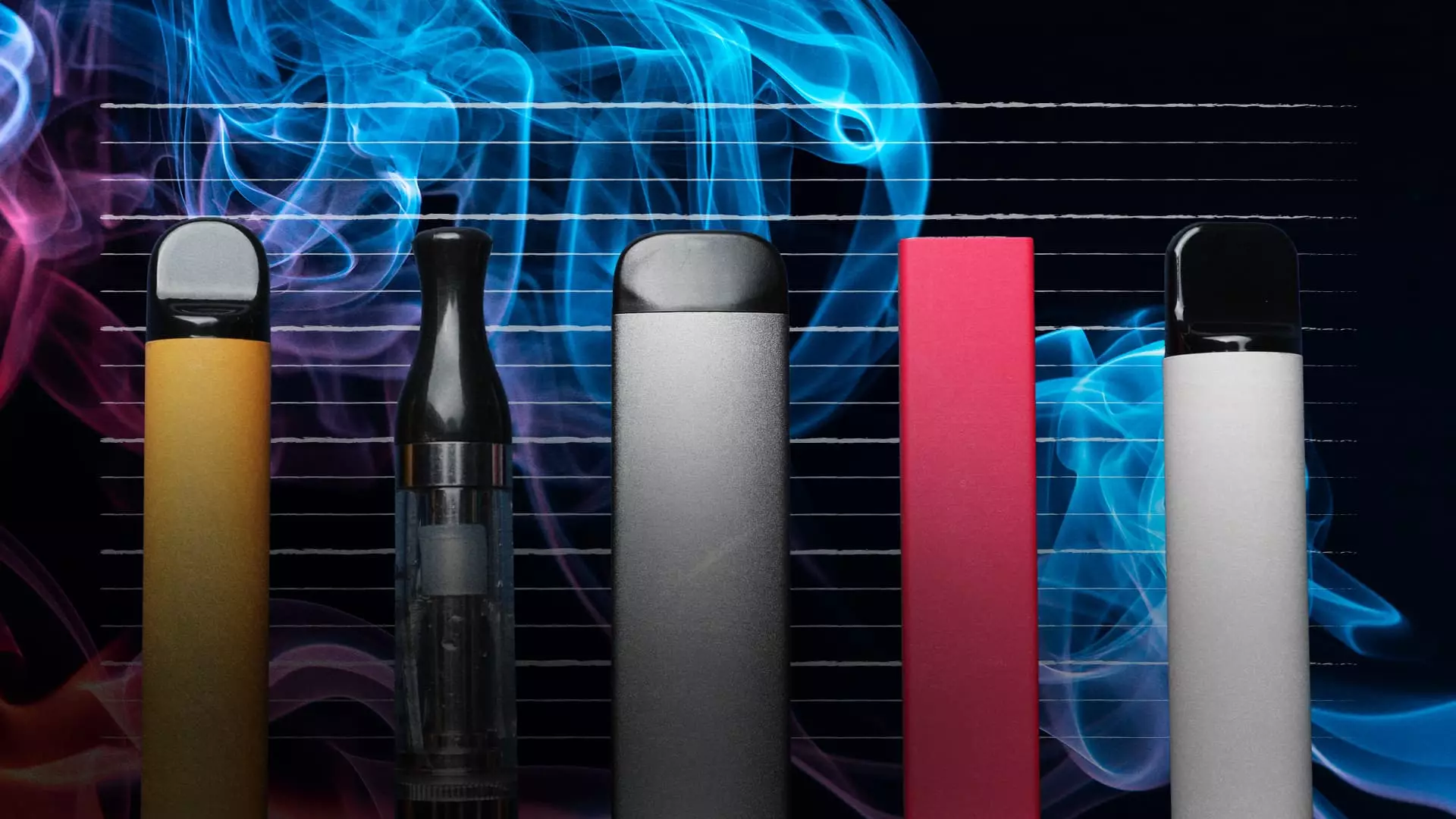Over the past decade, the vaping industry has experienced a significant surge in popularity. With health bodies promoting vaping as an aid to quit smoking and cigarettes losing their appeal, more people have turned to vaping as a seemingly healthier alternative. However, this once-thriving industry is now facing a reckoning as governments express concerns about the rise in vaping among young individuals and non-smokers.
Marcus Saxton, the CEO of British vape company Totally Wicked and chairman of the Independent British Vape Trade Association, estimates that the vaping market is worth between $3 billion and $4 billion. Shockingly, he suggests that the illicit market could account for as much as two-thirds of the industry. This revelation comes at a time when major tobacco companies are grasping for new opportunities to compensate for declining cigarette sales. Owen Bennett, a global tobacco and cannabis equity researcher, notes that the traditional cigarette model is under pressure due to declining volume.
In response to the concerns surrounding vaping, several countries have already implemented bans on e-cigarette sales. Among them are the UK, Germany, France, Ireland, and Belgium, which are specifically considering restrictions on disposable or one-use vapes. However, implementing effective regulations poses a significant challenge. Jasmine Khouja, a senior research associate from the University of Bristol’s Tobacco and Alcohol Research Group, observes that vaping in America has plateaued and even started to decrease in popularity. It remains to be seen how quickly this trend will spread to other countries.
As the vaping industry continues its ascent, the tobacco industry finds itself at a crossroads. With the decline in cigarette sales, major tobacco companies have set their sights on capturing a share of the growing vape market. They hope to compensate for their waning cigarette revenue by capitalizing on the popularity of vaping. However, the rise of vaping also presents a potential crisis for the tobacco industry.
Amidst the controversy surrounding vaping, one question looms large: is the hysteria over its impacts justified? While the potential risks of vaping are a cause for concern, it is crucial to examine the evidence objectively. Research suggests that vaping has reached a saturation point in the United States, where it is starting to decline in popularity. This indicates that it may have already reached its peak attractiveness in terms of market penetration. The future trajectory of vaping’s popularity remains uncertain.
The vaping industry’s rapid growth is now overshadowed by increasing regulations and concerns about its impact on young individuals and non-smokers. The illicit market poses a significant threat to the legitimate industry and its revenue potential. Meanwhile, the tobacco industry seeks to leverage the vape market as it grapples with declining cigarette sales. Whether vaping’s decline in the United States will translate to other countries is yet to be seen. Only time will tell if the hysteria over vaping is justified or not, but one thing is clear – the vaping industry is facing a challenging and uncertain future.

Leave a Reply